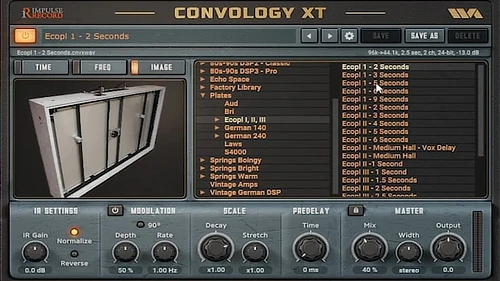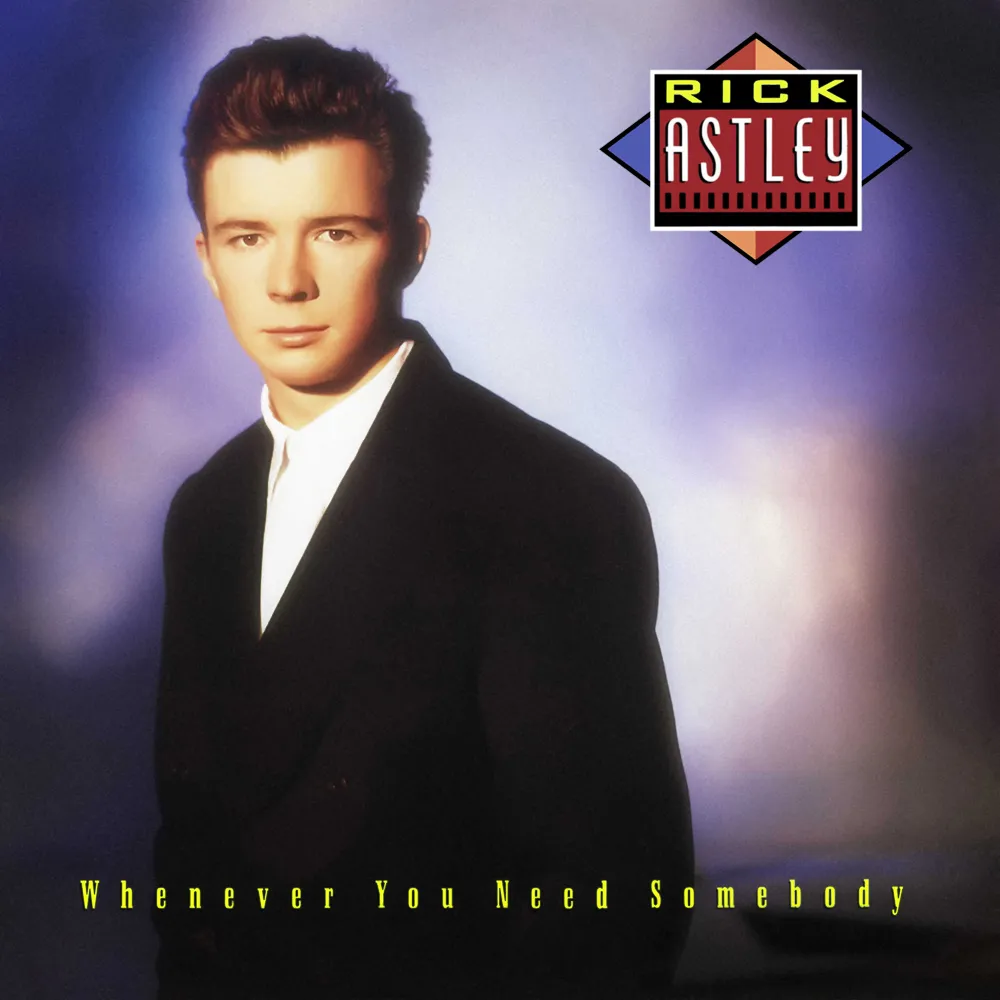The AMS RMX 16 digital reverberation system operates entirely through electronic means, ensuring that external vibrations or shocks do not affect its sound. Unlike traditional mechanical reverberation systems, the AMS RMX 16 doesn’t require special installation, making it more convenient.
The system’s compact size, superior signal-to-noise performance, and increased bandwidth provide significant advantages over older mechanical counterparts.
Digital reverberation allows for mathematical simulation of real environments and recreates classic artificial reverberant characters like ‘plates’ or ‘springs.’ The AMS RMX 16 employs advanced micro-programmed parallel processing of 16-bit data, offering an 18kHz bandwidth, 90dB dynamic range, and 0.03% distortion in delay mode.
It runs efficiently with low power consumption, displaying all relevant data, including variables like pre-delay, decay time, high and low-frequency decay profiles, on the reverb front panel.
The system is user-friendly, with nine factory programs simulating various reverberant environments and the ability to store up to nine user-definable settings in the mainframe and an additional ninety in the remote terminal. All reverberation parameters are stored in non-volatile RAM, ensuring data integrity on power down.
The AMS RMX 16 also functions as a high-quality 18kHz bandwidth digital delay line, allowing variable delays from 0 to 1.6s in 1ms increments. The unit features adjustable input and output levels to accommodate different signal levels and provides overflow indication for digital processing.
Notably, the system incorporates ‘Nudge Buttons’ for easy incrementing or decrementing of data for selectable functions. The AMS RMX 16 offers versatility in operation, supporting both mainframe and remote terminal control, with the option to use the remote terminal hand-held or integrated into a mixing console.
The remote terminal enhances the system’s storage capabilities, with ninety non-volatile memory locations available. The AMS RMX 16’s compatibility ensures that once a sound and its parameters are stored, they can be regenerated on any AMS RMX 16 system globally.
The AMS RMX 16’s remote terminal option, in combination with the Bar Code Wand Option, not only facilitates remote operation but also expands program storage capacity. This includes three ‘Soft Program’ stores on the mainframe and four within the remote, each containing manipulable, transferable bar-coded programs.
Both the remote and mainframe maintain high standards of engineering, featuring microprocessor-controlled programmability, repeatability, and storage capability. The unit’s design as a rack-mounted system with optional flight case ensures portability, and its modular construction minimizes maintenance issues.
Crucially, the AMS RMX 16 Digital Reverberation System is designed for longevity, with hardware/software flexibility and maximum software control, allowing easy upgrades as new developments in reverberation techniques arise.
- Effect Programs:
- Ambience
- Room
- Hall
- Plate
- Hall
- Chorus
- Echo
- Nonlin
- Reverse
The AMS RMX 16 Digital Reverb holds a significant place in the history of audio technology, marking a pivotal shift in the world of reverberation and signal processing. Introduced in the early 1980s, it played a crucial role in shaping the sound of music production during that era and beyond.
The AMS RMX 16 represented a departure from traditional mechanical reverberation systems. Its fully electronic nature eliminated the susceptibility to external vibrations or shocks that mechanical systems faced. This marked a paradigm shift, allowing for more reliable and consistent reverberation effects in audio production.
The digital nature of the AMS RMX 16 brought unprecedented versatility to sound design. Unlike its mechanical predecessors, it could simulate a wide range of environments and artificial reverberant characters, providing musicians and audio engineers with creative possibilities that were previously unimaginable.
The system’s micro-programmed parallel processing and 16-bit data processing allowed for a level of precision and control that was unmatched at the time. Engineers could manipulate various parameters, including pre-delay, decay time, and frequency profiles, with a degree of accuracy that significantly enhanced the overall quality of audio production.
The AMS RMX 16 became a staple in professional recording studios and was embraced by renowned producers and artists. Its distinct reverb characteristics became synonymous with the sounds of the 1980s, contributing to the sonic landscape of iconic albums across various genres. The unit’s influence is particularly evident in the reverberated drum sounds and atmospheric textures of that era.
The inclusion of alphanumeric program descriptions, a calculator-styled keypad, and the ability to store and recall user-defined settings contributed to the user-friendly design of the AMS RMX 16. These innovations made it more accessible to both seasoned professionals and those new to the world of audio processing.
The introduction of the remote terminal option, along with the Bar Code Wand Option, demonstrated a forward-looking approach. This allowed for remote operation and significantly expanded the storage capacity of the AMS RMX 16, paving the way for more extensive sound libraries and enhanced user customization.
The AMS RMX 16’s design for hardware/software flexibility and upgradability ensured its longevity. While newer technologies have since emerged, the AMS RMX 16 remains a classic and sought-after piece of equipment. Its influence is still felt in contemporary music production, and vintage units are prized for their unique sonic character.
The AMS RMX 16 Digital Reverb occupies a significant place in the history of audio technology, symbolizing the transition from mechanical to digital processing, shaping the sound of an era, and leaving a lasting impact on the world of music production.


























One Response
Will the version of the AMX 500 module be compatible with with the Box 2? If not, are you planning to send it in for approval? I’m not planning on buying a lunch box since I have plenty of space on my box 2. I heard some modules require additional juice and may fry my battery pack. Thanks! – AC